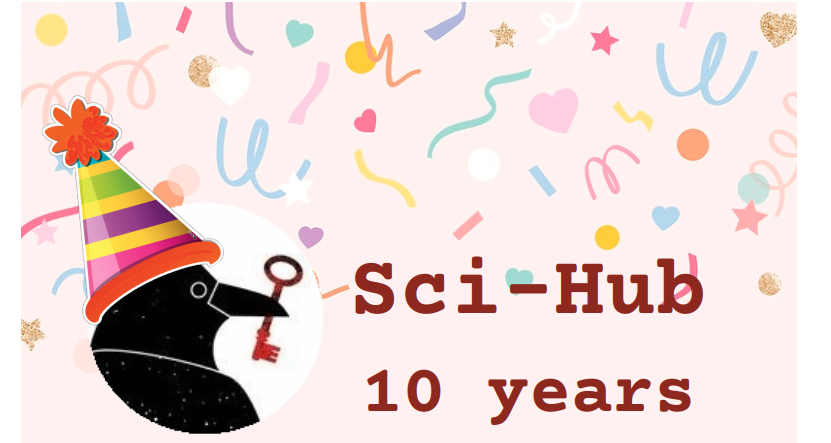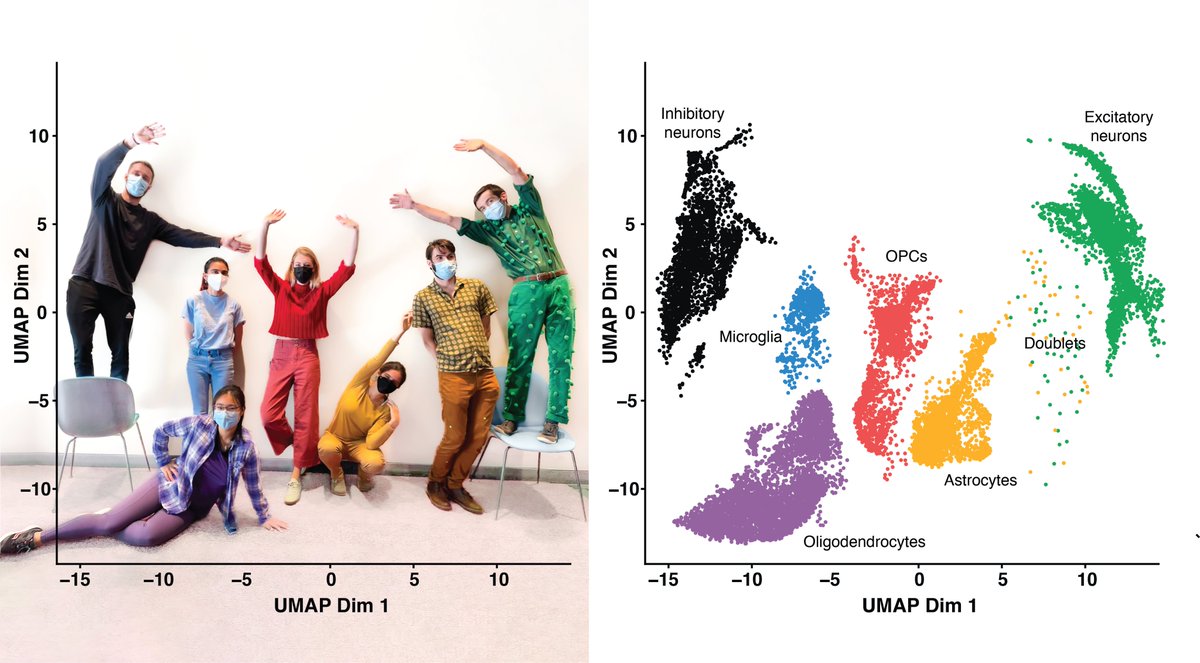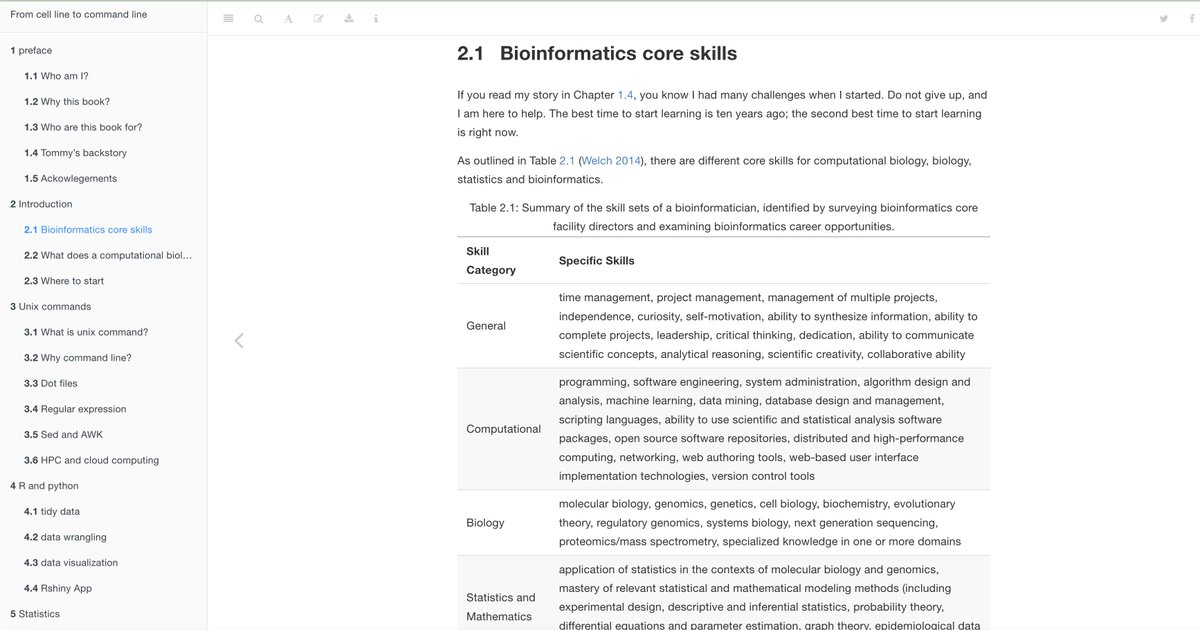
LorettoM
@lorettom
🇿🇦BSc 🇨🇱MSc 🇱🇺PhD 🇩🇪Postdoc 🇳🇿MAppDataSci(c) | Clinical & Genetic Epidemiologist | GWAS | BioInformatics
ID: 66755848
18-08-2009 18:23:57
1,1K Tweet
148 Followers
398 Following

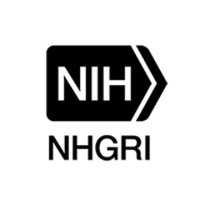




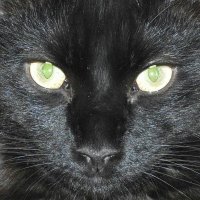






I'm excited to listen to all my bookmarked The Festival of Genomics & Biodata talks tomorrow. I'm sure the early start, due to time differences, will be totally worth it! #Genomics #biodata


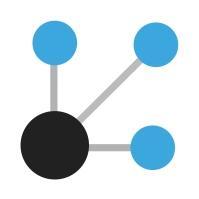

In case you missed it, Jonny Coates (jacoates.bsky.social) was quoted in this piece shining a light on *some of the issues postdocs are facing nature.com/articles/d4158… *there are so many more issues ofc.


